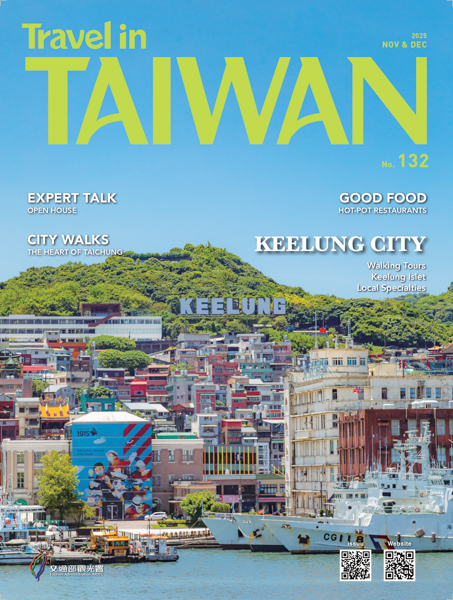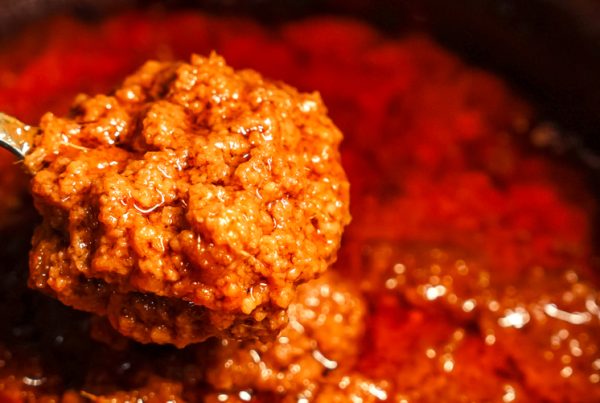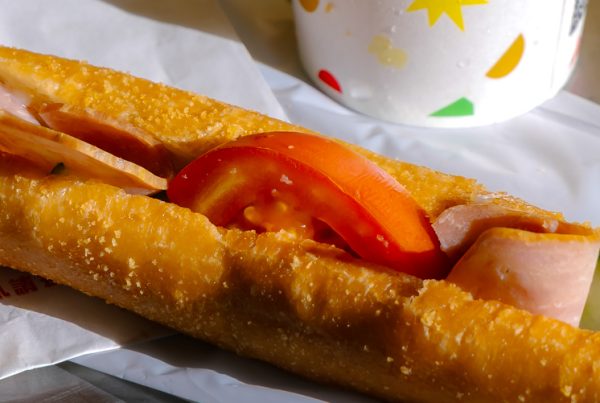On Foot – With Maybe a Short-Hop Bus Ride
TEXT | RICK CHARETTE
PHOTOS | VISION
Energetic Taichung is the core city of central Taiwan – the “Tai” is short for “Taiwan,” and “chung” means “central.” In the late 1800s, it was for a moment considered for Taiwan’s capital, thanks to its strategic location and pleasant weather. Let’s explore its heart, filled with heritage charms, big modern cultural facilities, and open green spaces aplenty, plus comparatively few high buildings and low people/vehicle density.
The city’s brilliant new railway station and its old station, a national heritage site, stand side by side. The new facility, a gleaming modern architectural statement of curving lines in glass and steel, was opened in 2017.
Content
Taichung Railway Station
The old station, opened by the Japanese in 1917, has a Western Renaissance design, a style popular with the Japanese government for major train stations. The most visually riveting flourish of the resplendent structure – reinforced concrete, red-brick façade, wooden roof sections – is the resplendent clock tower on the central roof. The grand old lady, so central to the city’s identity, one of just a handful of remaining major railway stations from Taiwan’s Japanese era, is now the centerpiece of the 2.9ha Taichung Station Railway Cultural Park (which also includes the new station). Other attractions include the old platforms, freight warehouses, train engines, and the Taiwan Connection 1908 Railway Path. The last runs through the station area along a now-disused track bed. Other facilities currently being renovated include railway dormitories and the retired Taichung Rear Station building.
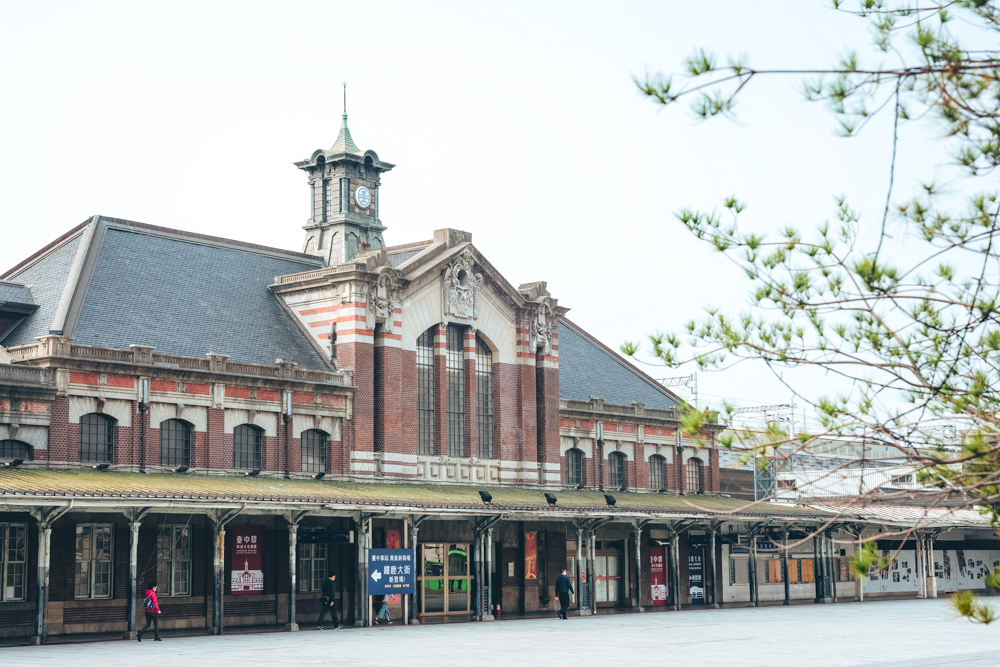


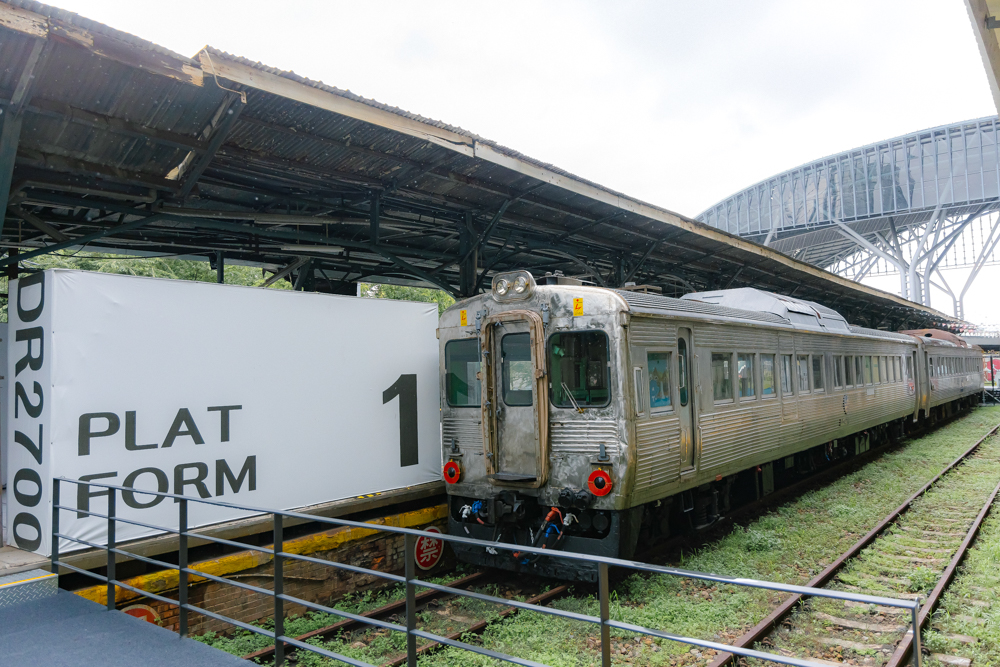
Taichung Station Railway Cultural Park | 臺中驛鐵道文化園區
Add: No. 1, Sec. 1, Taiwan Blvd., Central Dist., Taichung City
(台中市中區台灣大道一段1號)
Tel: (04) 3505-9988
Website: www.tcrp.com.tw
Taichung Shiyakusho
The gorgeous Taichung Shiyakusho, one of the city’s architectural highlights, is a few old-city blocks (i.e., shorter than modern-era city blocks) to the northwest. This is a flamboyant three-story structure, opened in 1911, built for use as government offices, and serving as Taichung City Hall from 1920 until the Japanese returned home with WWII’s denouement. This was Taichung’s first architectural work featuring iron-reinforced concrete. Primarily Baroque in design, with a deft fusion of traditional Japanese aesthetics, among the most striking elements are the main entrance’s soaring two-story portico with Ionic columns, the regal classical dome constructed using eight wooden trusses (on view inside), and the façade’s boldly contrasting sections of red and white brick, large arched windows, and refined ornamentation. Inside, period furniture is showcased, and sections of original intricate wooden beam-work have been left exposed for viewing.
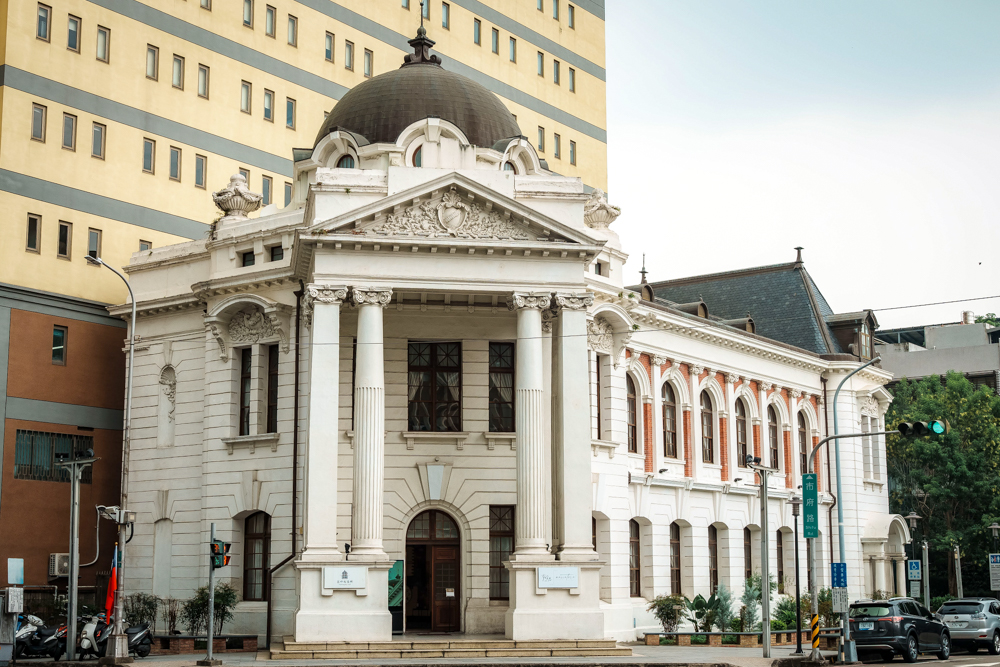
After undergoing a virtuoso renovation, the reglorified landmark was reopened to the public in 2016 to provide new service as a cultural-arts center. It provides multifunction spaces used for cultural-arts events and for exhibitions, and is also home to a cultured café and a restaurant serving Northern Italian dishes.

Taichung Shiyakusho/Taichung City Hall | 台中市役所
Add: No. 97, Minquan Rd., West Dist., Taichung City
(台中市西區民權路97號
Tel: (04) 2222-0197
Website: www.uyes.com.tw
Taichung Literature Museum
Continue about three blocks northwest of this attraction to reach the tranquil and genteel Taichung Literature Museum, opened in 2016, a compound of painstakingly renovated Japanese classical-style wood buildings shaded by massive venerable thick-trunk banyans planted during the colonial period.
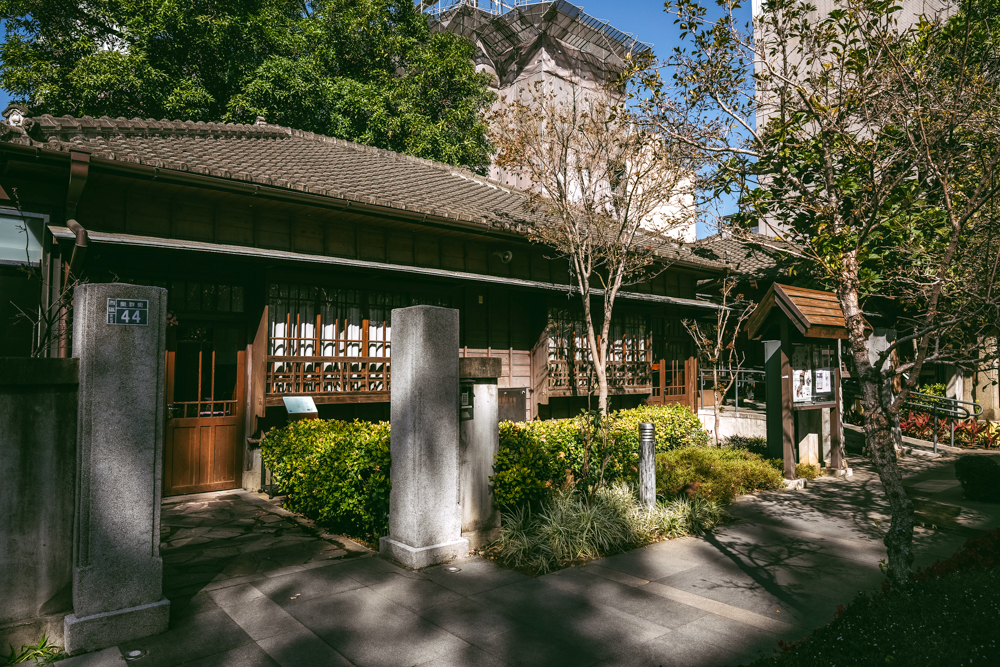

The museum’s structures date to 1932. This was a Japanese police base – police station front and center, dorm and other facilities elsewhere. There are six single-story buildings, today used for permanent exhibits, special themed exhibits, promotion of children’s literature, workshops and lectures, dining, and administration, respectively.
A tremendous heritage-protected banyan today fills up a courtyard formed by three structures, looking out into the neat rear area Literature Park, with cascades of vines plunging from its towering branches straight down into the ground. One of these buildings houses the quaint and cozy wood-theme NMU Café, serving coffees, tea drinks, cakes, cinnamon rolls, waffles, paninis, and more.

During the Japanese and post-WWII periods, Taichung was a stronghold for literary associations, many also involved in nativist political activity, and since the Japanese era, it has been an incubator of literary activity, producing numerous writers of note. The museum’s mission is both to honor the achievements of local literati and to promote literature in Taiwan in this digital age as society’s focus leans toward the video and audio arts.
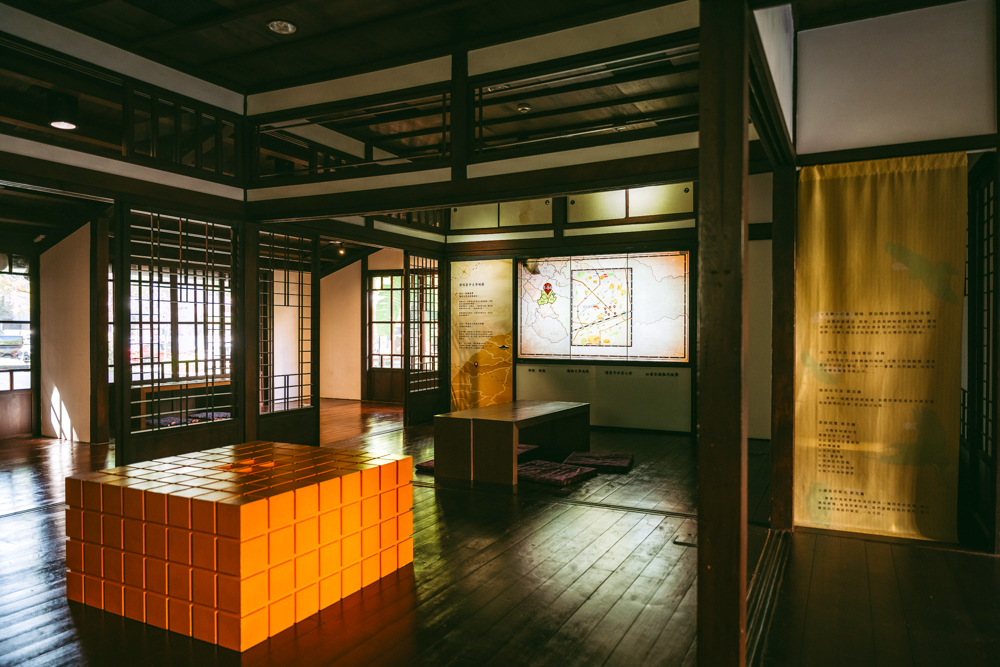

Taichung Literature Museum | 台中文學館
Add: No. 38, Lequn St., West Dist., Taichung City
(台中市西區樂群街38號)
Tel: (04) 2224-0875
Website: www.tlm.taichung.gov.tw
Liuchuan Riverside Walk
Less than a block north of the literature museum is the long northeast-southwest Liuchuan Canal, which stretches 6.1km through the city, controlling one of four small rivers that wend through the city center. Running along the section near the museum is the Liuchuan Riverside Walk, 610m in length. This green-space promenade, spread out along both sides of the waterway, is especially enticing at night when its bridges, decorative trees, and installation artworks are bathed in romantic mood lighting.
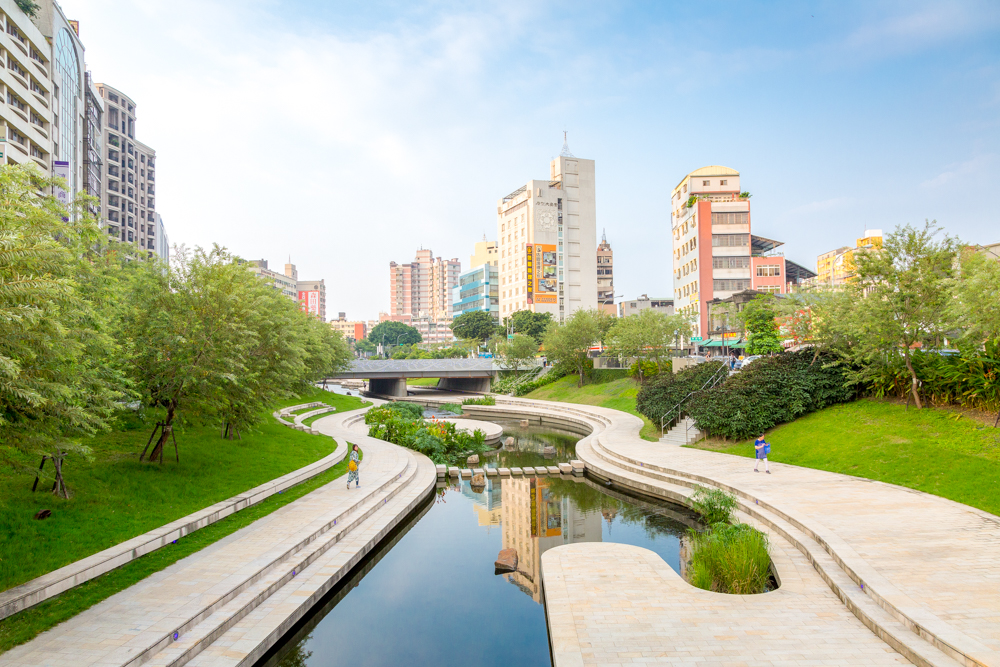
The canal, key in the city’s development during the Japanese colonial era, was neglected and deteriorated badly in the face of Taichung’s rapid population/industrial growth thereafter, particularly in the 1970s/1980s. In the mid-2010s, the city government launched an ambitious remediation project, giving life to a new green space that quickly became a major draw for both locals and tourists after its opening in 2018.
The name “Liuchuan” means “willow river.” The Japanese planted willows along both sides to make the waterway resemble a river that flowed through Kyoto. Willows were reintroduced as part of the rejuvenation project, and you’ll also see effusive examples of the Chinese fringe tree, Taiwanese rain tree, and Himalayan ash, now old enough to provide steady shade through the day.
Taichung Second Market
The highly popular, highly aromatic Taichung Second Market is about five blocks northeast of the literature museum, just south of the riverside walk’s north end, facing Taiwan Boulevard. The labyrinthine indoor market, featuring arcade walkways around its outside, is home to over 300 vendors and is today best known for its classic Taiwanese culinary delicacies.

The core market building was constructed by the Japanese in 1917 as the second of five public markets, with three wings extending radially from a central hexagonal tower that, for a time, was Taichung’s tallest structure and was topped with a bell used as a fire alarm. This was a high-end market serving the district’s comparatively affluent Japanese residents. The word “core” was earlier used because in the post-war period, new, small buildings went up around its exterior, surrounding it. Over the past few decades, varied beautification initiatives have transformed the bazaar into a heritage foodie-focused tourist attraction.

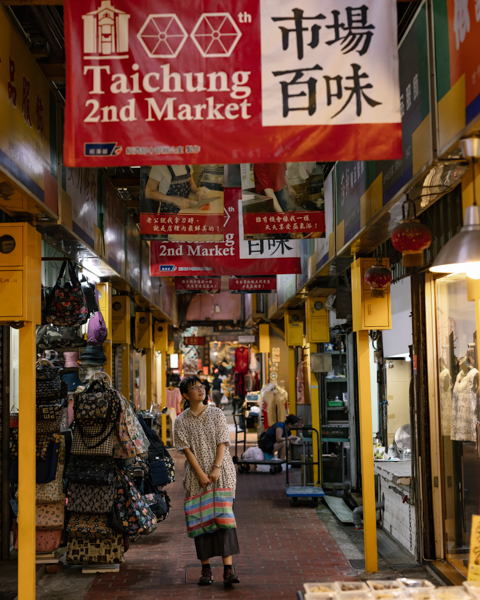
It’s daunting to choose from among the numerous renowned vendors, but we’ll specially recommend Wang Family Turnip Cake and Glutinous Rice Sausage and Shanhe Minced Pork Rice. You’ll see that regulars of the first pair their cake and sausage with tea from Lao Lai Black Tea next door. In a rotation known to the local regulars, Shanhe runs 5:30am-3pm, the baton then taken up 4pm-3am by the equally beloved Li Hai Minced Pork Rice.
Taichung Second Market | 第二市場
Add: No. 87, Sec. 2, Sanmin Rd., Central Dist., Taichung City
(台中市中區三民路二段87號)
Let’s visit a few high-value tourist hotspots further away from the old city center. You’ll first travel northerly along the aforementioned Taiwan Boulevard, moving from what’s formally called the Central District into the West District. Taiwan Boulevard runs northwesterly away from the train station, eventually meeting National Freeway No. 1 and the main interchange for city core access for folks traveling via motor vehicle.
BeanGood Coffee
Our first stop is BeanGood Coffee, opened in 2022, about ten blocks from Taichung Second Market, reachable via a short bus ride along Taiwan Boulevard or a very doable walk. You dive into a grid of quiet old lanes west of the boulevard, the archetypal kind of Taiwan neighborhood where many families use their first-floor shop spaces as their living rooms at night, with drying laundry on wheeled racks out front.
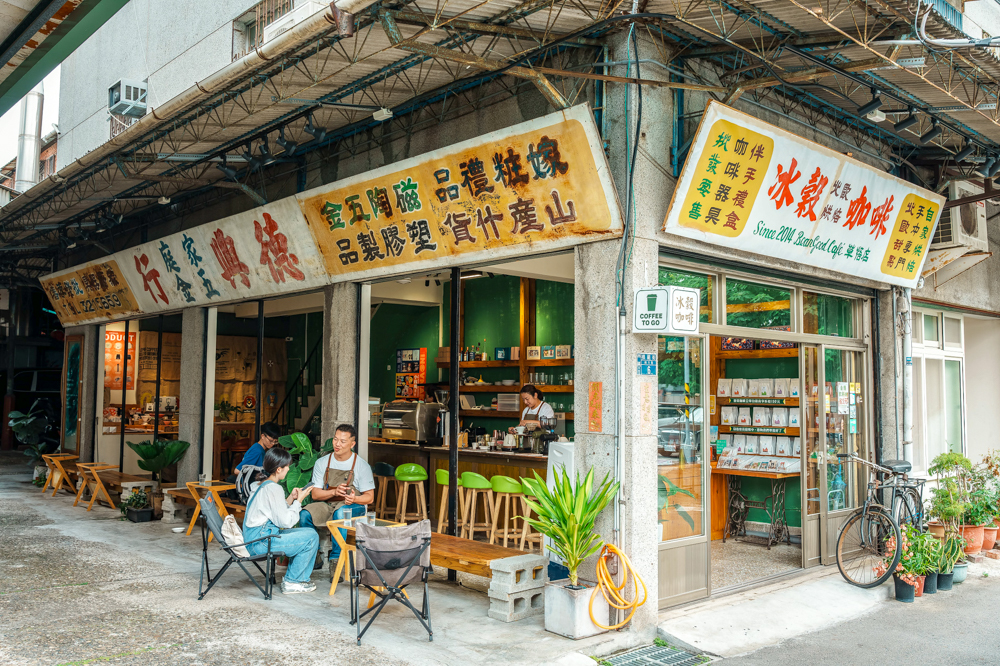
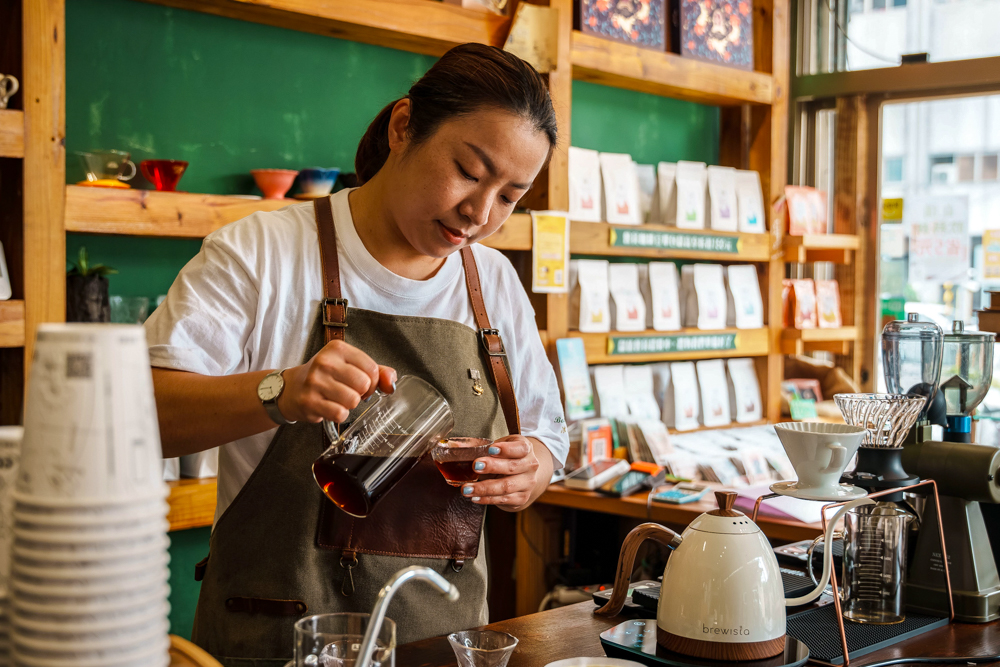
Located on a corner, BeanGood is fully open on both lane fronts, with slim support pillars as the sole entry obstacles. New woodwork has been used to create a stylized rendition of the hardware store that occupied these premises for over half a century, and attractive bench-style seating is found out front. Preserved original elements include signboards, the classic terrazzo flooring, and steep, narrow terrazzo stairs leading up to the second floor. The new shop signage has been done in a historical style by a master painter. At BeanGood, the bean is indeed very good – premium selections sourced from around the globe.
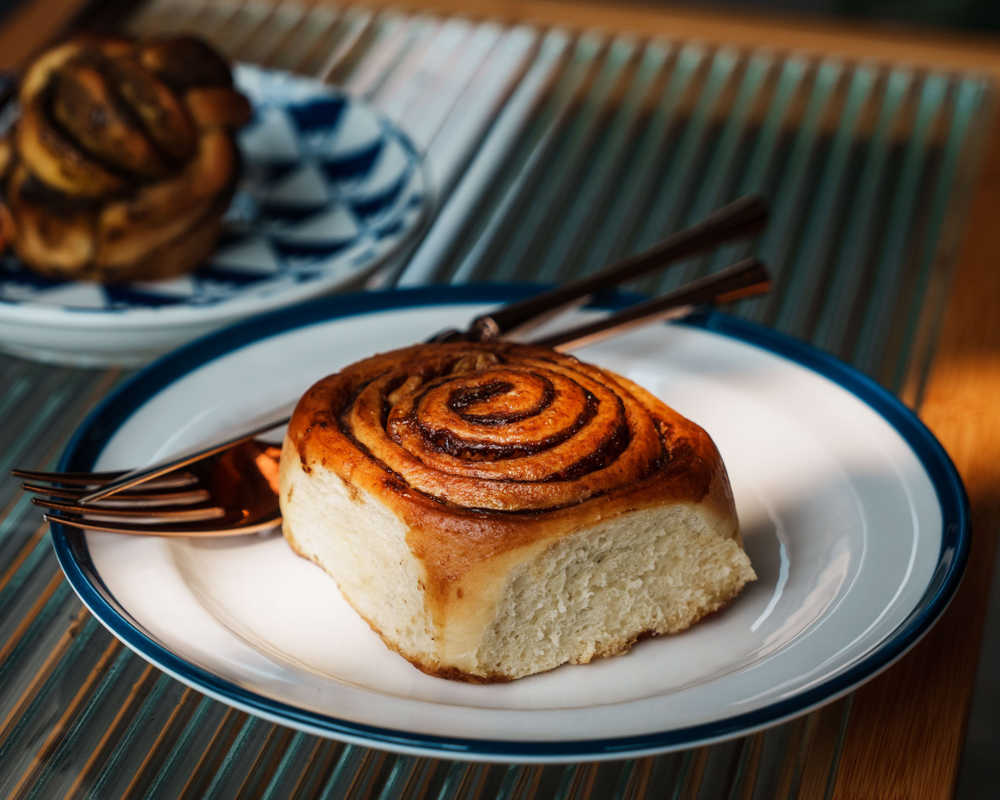
BeanGood Coffee | 冰穀咖啡
Add: No. 6, Ln. 46, Mofan St., West Dist., Taichung City
(台中市西區模範街46巷6號)
Tel: 0915-572-510
Website: beangoodcafe.easy.co
FB: www.facebook.com/gatescafe
Calligraphy Greenway
Just three-plus blocks due west of BeanGood is a large green-lawn park, Taichung Civic Square, which is at about the mid-point of one of the city’s best-known tourist attractions, the Calligraphy Greenway. This is a long 3.6km strip of green space, wide at its north and south ends, plus at its Civic Square mid-point, and comparatively slender in between.

At the north end is the global-caliber National Museum of Natural Science (www.nmns.edu.tw) and, beside it, the 4.5ha Botanical Garden. Tourist favorites – the museum’s dome-screen Space Theater (science/ecology films) and the Tropical Rainforest Greenhouse. Landscaped Taichung Civic Square, which annually serves as a stage for the acclaimed international Taichung Jazz Festival, buzzes with buskers and other entertainment on weekends/holidays. Its north neighbor is Park Lane by CMP, a multi-story transformed parking garage now an urban garden, façade featuring vertical gardens, interior an upscale retail/culture space. The south end’s eminent National Taiwan Museum of Fine Arts (www.ntmofa.gov.tw), key focus on modern and contemporary creations by Taiwan artists, has a vast collection surpassing 19,000 works.



Traditional Market
The swankly modern yet tradition-celebrating Traditional Market (www.parklanes-shop.tw) is close to the National Museum of Natural Science, in the high-end The Splendor Hotel Taichung high-rise building, beside Taiwan Boulevard. Taking up the third floor, it’s part of the multi-floor Park Lane by Splendor mall – Taiwan’s first-ever wet market in a mall, with about 50 stalls. The inimitable traditional spirit of the classic wet market, today enduringly an integral part of everyday Taiwan life, is integrated with the modern design and hardware (air-conditioning!) of a department store. Browse everything from iconic old-timey prepared foods and snack treats to fresh meats, seafood, fruits, and veggies to daily necessities. As well, consider a revivifying on-site massage from a blind masseuse, another classic Taiwan experience.

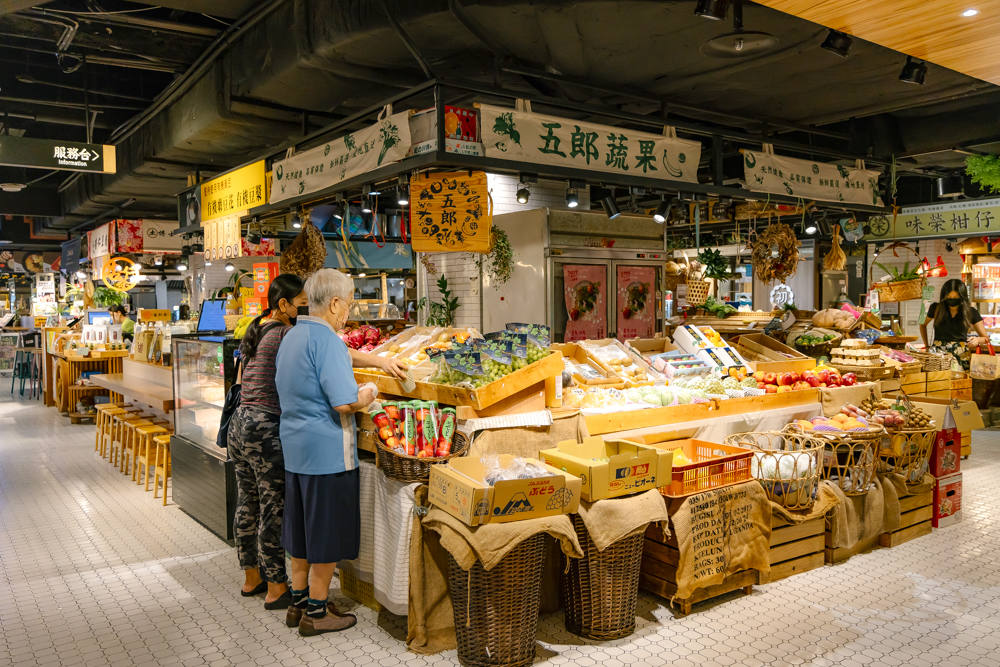
Note that “Taichung Sixth Market” is incorrectly used in many English websites, a direct translation of the mall’s Chinese name. This is a reference to the earlier-mentioned five major markets planned by the colonial-era Japanese authorities.
Traditional Market | 第六市場
Add: 3F, No. 1049, Jianxing Rd., West Dist., Taichung City
(台中市西區健行路1049號3F)




